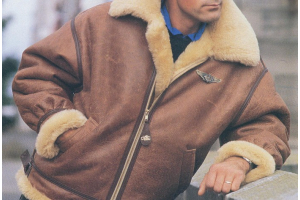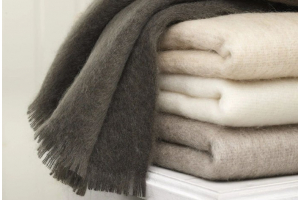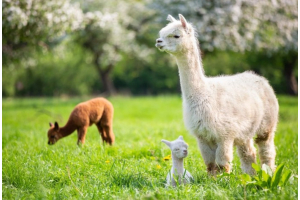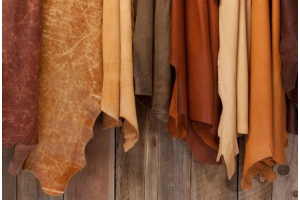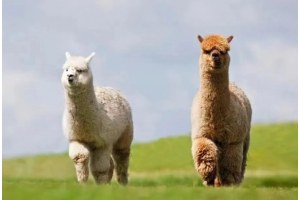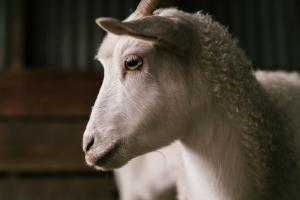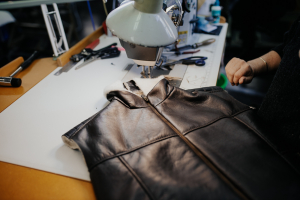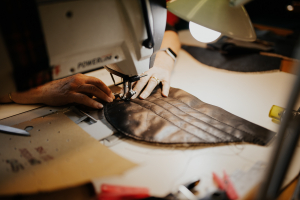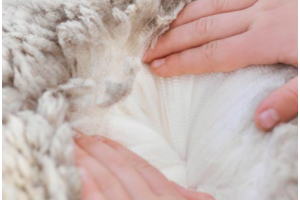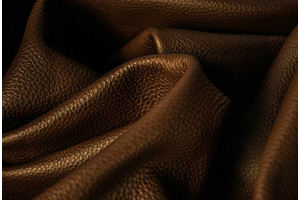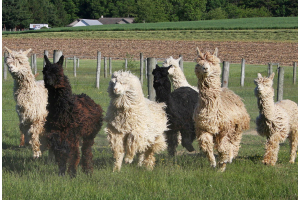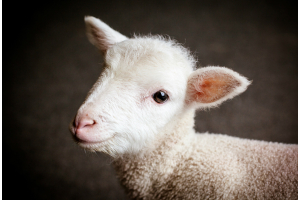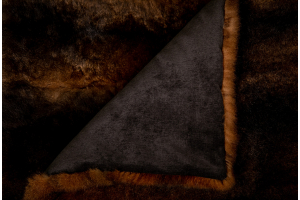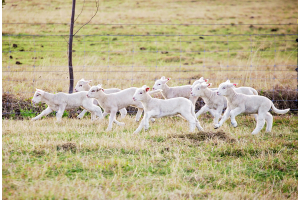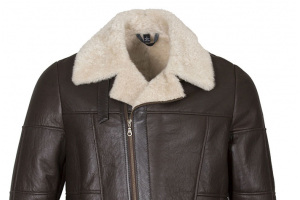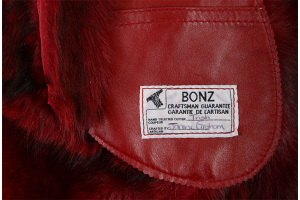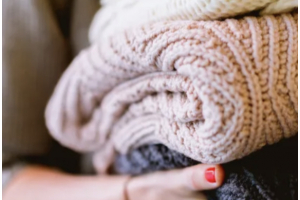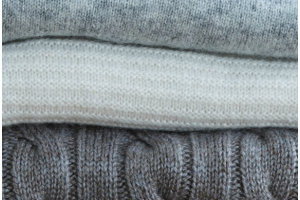We use cookies to ensure that we give the best experience on our website. Click here for more information
New Zealand Slink Lambskin
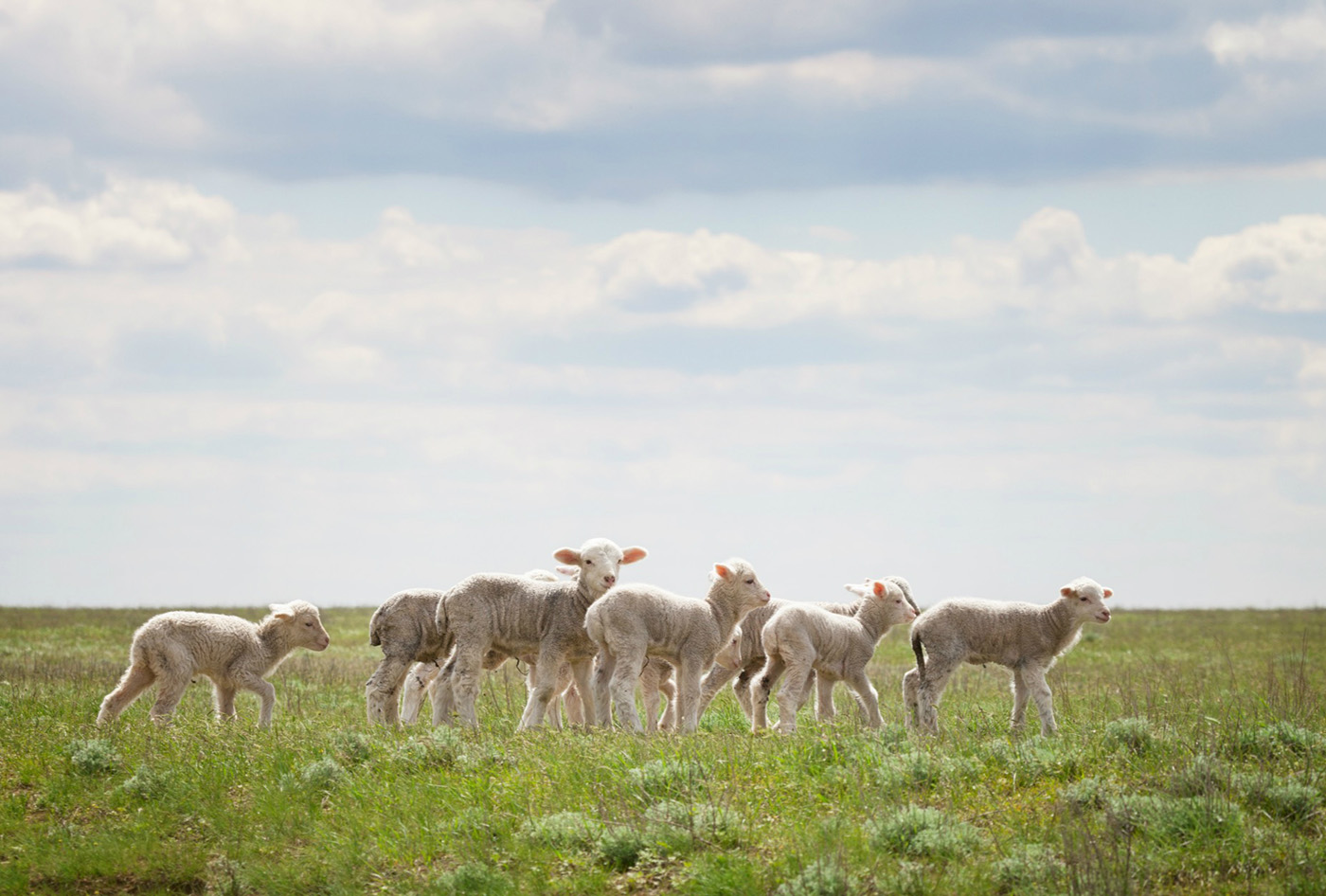
On the second of three voyages to New Zealand, James Cook released a ewe and a ram in the voice of Queen Charlotte in Marlborough. The two animals survived in their new home for only a few days and it wasn't until the 1850s that the sheep farming industry bloomed with estimated 55 million sheep across the country. Wool and slink lambskin (slinkskin) have become the most valuable exports in the New Zealand farming industry ever since.
There are about 30 million spring lambs born on this pure land in the spring lambing season. During this season, the weather is erratic and cold fronts sweep through New Zealand's countryside. Snow often blankets the ground on rural farms which causing the natural loss of baby lambs. Under the unpredictable spring weather, there are about 10% of lambs die in New Zealand naturally at birth, and 5% of newborn lambs will die within 2-3 days. Hence, only 1.2 to 1.5 million slinkskins can be used to make leather garments.
Why do we use slinkskin?
At BONZ, we use pure and natural slinkskins to create our light and warm high-quality garments for men and women. 100% natural slinkskin has an excellent heat insulation effect. The wool has a natural curl and elasticity that can keep you warm without wearing multiple layers. We use special professional treatment on the leather to avoid odour and the back of the leather is polished to form a soft velvety suede or lightweight napa leather.
Slinkskin garments weigh only a portion of traditional sheepskin but retain the warmth that only natural wool can provide. The moisture-wicking property of wool is unique in nature. It can absorb 30% of its own weight without feeling wet. When it encounters air circulation, the moisture can easily volatilize into the air in time. It is a great material to be used for garments as the body temperature of sheep and humans are the closest in nature.
Slinkskin clothing is easy to take care of and storage. All of our slinkskin garments are professionally dry-cleanable.
Production and Handmade Processing
The natural leather fibres of the slinkskin are tightly interlock to form a fine, lightweight and durable material. Each slinkskin undergoes a complex leather making process included rawhide shovel, antiseptic treatment, water immersion treatment, skin wash with water, removal of oil stains, tanning, dying as well as special treatments to create specific finishes on the skin.
After obtaining the well-tanned slinkskin, a complicated cutting and manufacturing process is required. Unlike most garments mass-produced on the production line, each of our slinkskin garments is hand-crafted out of multiple individual pieces of raw material. It takes about 30 slinkskins to make one garment.
Each panel is individually cut using lines marked by a pattern layer. All overlapping panel areas (such as the seams and hem of the garment) are shaved to prevent excessive volume and enhance the drape of the garment. The natural defects and blemishes are carefully marked and avoided, therefore only a very small portion of skin can be used.
The sewing machine we used is an industrial heavy machine called a "walking machine". These machines are not automated, the technology is all in the hands of our professional machinist. After sewing, garments will be transferred to the grooming and finishing stage. Buttons are usually made of natural materials such as horns and hand-stitched to enhance durability on the garment.
Quality Assurance
The special selection of New Zealand raw materials with our complicated manufacturing process make each garment a unique timeless boutique piece. Creating a purely handmade slinkskin leather garment is not only time-consuming, it is also labour-intensive. Every garment in inspected internally and externally before packaging and distribution. Our artisans will sign on each garment to confirm it meets BONZ quality standards. Our pride for each garment is apparent on the "Craft guarantee" label sewn permanently on the garment. We guarantee that your leather garment will last for a lifetime.


